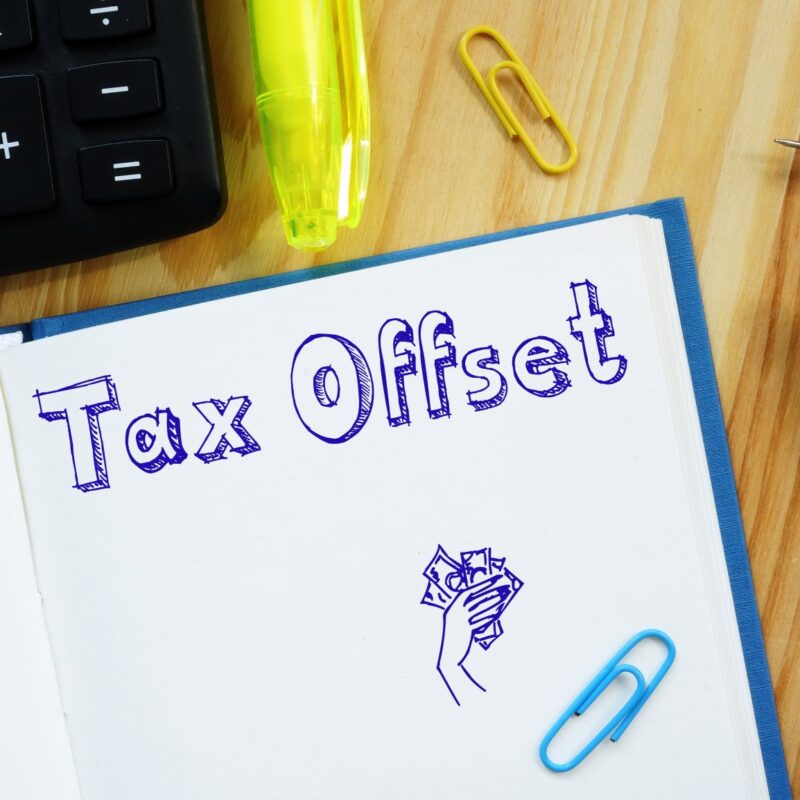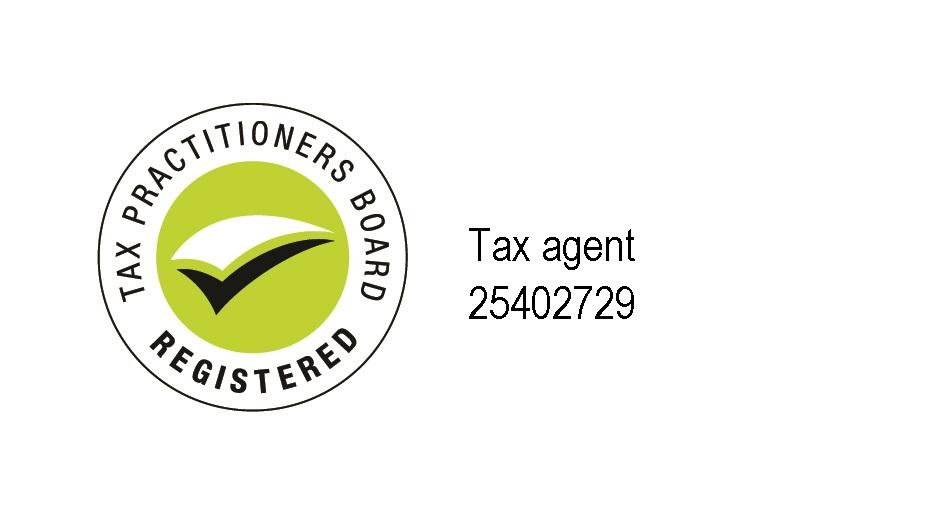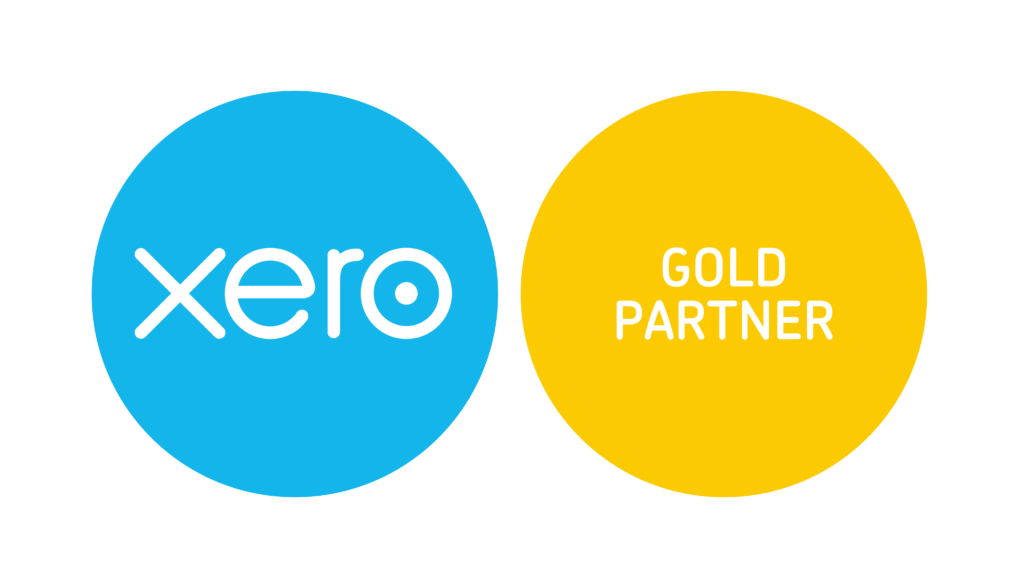Carry Back COVID Losses for a Refundable Tax Offset

Key Points
- Companies with an aggregated turnover of less than $5 billion can choose to ‘carry back’ tax losses made in the 2020, 2021 and/or 2022 income years, and apply them against profits made from the 2019
- The rules will cease to apply after the 2022 income year.
- Please review the key features of the new temporary loss carry back rules to understand if your circumstances apply.
Full Article
Under recently enacted legislation, companies with an aggregated turnover of less than $5 billion can choose to ‘carry back’ tax losses made in the 2020, 2021 and/or 2022 income years, and apply them against profits made from the 2019 income year, to claim a tax offset for tax paid on those earlier profits. Refer to Treasury Laws Amendment (A Tax Plan for the COVID-19 Economic Recovery) Act 2020 which received Royal Assent on 14 October 2020.
In practical terms, the carrying back of tax losses is a notional exercise. There is no requirement to actually amend prior year tax returns to apply the losses being carried back. Rather, the refund of tax paid in prior years will be provided by way of a refundable tax offset that is claimed when companies lodge their tax return for the 2021 and/or 2022 income years.
The new rules are situated in Division 160 of ITAA 1997 and apply to assessments for the 2021 and 2022 income years. That is, the rules will cease to apply after the 2022 income year.
The following is a broad summary of the key features of the new temporary loss carry back rules:
- Only tax losses (i.e., revenue losses) may be carried back. That is, the new rules do not apply to capital losses. Furthermore, tax losses are only eligible to be carried back where the ‘loss year’ is any or all of the 2020, 2021 or 2022 income years.
- An eligible entity that has net exempt income in an income year a loss is carried back to must first reduce the loss by the net exempt income in calculating its offset entitlement.
- Only corporate tax entities (broadly, companies, corporate limited partnerships and public trading trusts) may be eligible to claim a tax offset under the new rules. That is, tax loss carry back is not available to individuals (sole traders) and other partnerships or trusts. Refer to the NTAA submission urging an extension of the measure to non-corporate businesses.
- A corporate tax entity will be entitled to claim a loss carry back tax offset in its tax return for the 2021 income year and/or the 2022 income year (the ‘current year’), if the entity:
- had a tax loss in the 2020, 2021 and/or 2022 income years (the ‘loss year’);
- had an income tax liability for the 2019, 2020 and/or 2021 income years (the ‘gain year’);
- is a small business entity (‘SBE’) in the loss year or would be SBE if the aggregated turnover threshold was $5 billion (broadly, this means the corporate tax entity must carry on business and have an aggregated turnover of less than $5 billion);
- is a corporate tax entity throughout the income year that the tax loss is carried back to (i.e., the gain year) disregarding any part of that year when the entity did not exist, throughout any intervening income years, and throughout the current year;
- have lodged its income tax return for the current year and each of the five income years immediately before the current year; and
- makes a loss carry back choice (in accordance with the requirements in S.160-15).
Tax loss carry back is optional. An (otherwise eligible) entity may instead choose to carry forward losses and deduct them against income derived in a later year, in accordance with the usual rules.
Loss carry back provides a refundable tax offset that eligible corporate entities can claim:
- after the end of their 2020–21 and 2021–22 income years
- in their 2020–21 and 2021–22 company tax returns.
Eligible entities get the offset by choosing to carry back losses to earlier years in which there were income tax liabilities. The offset effectively represents the tax the eligible entity would save if it was able to deduct the loss in the earlier year using the loss year tax rate. The eligible entity does not need to amend the earlier income years to claim the offset.
If an entity does not choose to carry back a loss, the loss may be carried forward to use in a later income year.
Loss carry-back is intended to interact with temporary full expensing, encouraging new investment which may result in tax losses. The choice to carry back tax losses may result in a tax refund which will increase business cash flow.
Eligibility
You must meet the eligibility requirements to choose to carry back the loss and claim the tax offset. You can claim the tax offset if you:
- are an eligible entity
- made tax losses in the 2019–20, 2020–21 or 2021–22 income years
- were liable to pay income tax in the 2018–19, 2019–20 or 2020–21 income years
- have a surplus in your franking account at the end of the income year that you are claiming the tax offset
- have met your income tax return lodgment obligations.
Eligible entities
You are an eligible corporate entity if you:
- are a company, corporate limited partnership or a public trading trust throughout
- the income year that you are claiming the tax offset
- the income year you choose to carry the loss back to (ignoring any part of the year before you existed)
- any income years in between.
- have an aggregated turnover of less than $5 billion for the income year in which you made the loss (or the income year before that year)
- carry on a business.
Tax Losses
You can only carry back tax losses made in the 2019–20, 2020–21 or 2021–22 income years and you can only use a tax loss once. You cannot carry back:
- capital losses
- certain tax losses arising from the conversion of excess franking offsets or
- transferred losses relating to
- foreign banking groups (Division 170 of the Income Tax Assessment Act 1997 (ITAA 1997))
- head companies of consolidated groups (Subdivision 707-A of the ITAA 1997)
- Tax liabilities
You can carry back losses to the 2018–19, 2019–20 or 2020–21 income year if you were liable to pay income tax in that year.
Franking Account Surplus
The amount of tax offset available is limited to your franking account surplus on the last day of the income year for which you claim it.
Lodgment Obligations
To claim the tax offset for an income year, you must lodge your income tax return for that income year and have lodged for the previous 5 income years.
If you have not lodged for any of those income years, you are not prevented from claiming the tax offset if for those years:
- we assessed your income tax liability, or
- you were not required to lodge an income tax return.
Claiming the Tax Offset
You cannot claim the tax offset in your company tax return for the 2019–20 income year. You will be able to claim the tax offset in your company tax return for the 2020–21 or 2021–22 income years.
Claiming the tax offset is optional. To the extent you choose not to carry back the losses, you may be able to carry them forward to a future income year.
If you want to claim the tax offset for an income year, you will need to make the loss carry back choice by the time you lodge your company tax return for that year.
If your 2020–21 income year ends on 30 June 2021, you can choose to carry back a loss and claim the tax offset in your company tax return for that income year.
The Company tax return form will be updated with the additional labels required.
We will provide further information on how you can claim the tax offset if your 2020–21 income year ends before 30 June 2021. You can subscribe to receive alerts for updates to our website.
Working out the Tax Offset
Loss carry back provides a refundable tax offset which may in effect reduce your tax payable to zero for the earlier income year and result in an amount being refunded to you in the income year you claim.
The amount of net exempt income, income tax liabilities and the surplus in your franking account may impact on how you work out your amount of tax offset.
Exempt Income
In working out the amount of your tax offset, you must reduce the amount of loss you are carrying back by any net exempt income you had for the income year you are carrying back the loss to.
Once the exempt income has been used to reduce a loss you are carrying back, you do not use it to reduce another loss carried back to that same income year.
If you have any questions or need advice and clarity specific to your situation, feel free to contact Semmens & Co on 03 8320 0320 for a free consultation.







